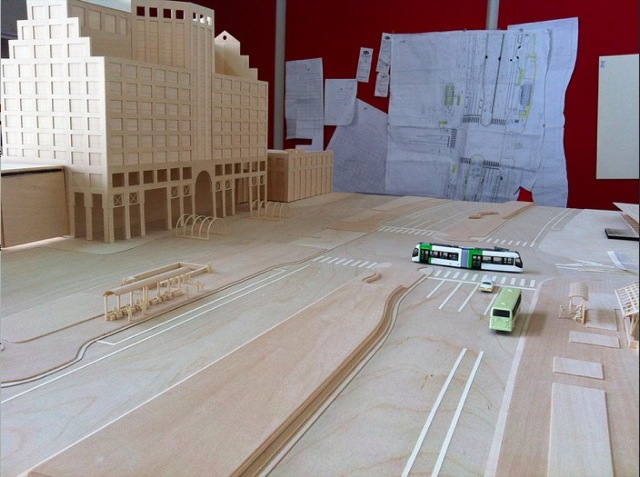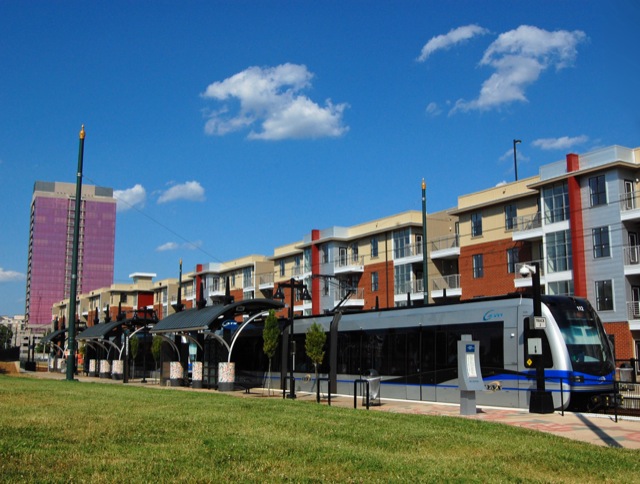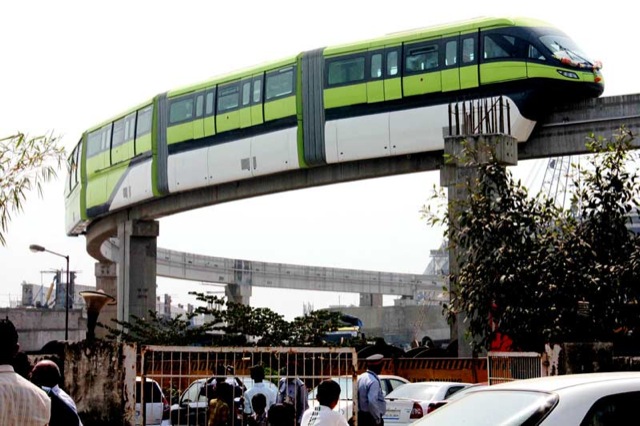“On behalf of the Board of Directors and all Metro employees, I offer my deepest condolences to the family of the passenger who died yesterday following the incident on the Yellow Line,” said chairman Tom Downs of the Washington Metro Area Transit Authority yesterday. “Please know that once the cause of this incident is understood, we are prepared to take the actions needed to prevent this from happening again.”
But WMATA isn’t prepared to prevent this from happening again, and that’s the problem. We know it isn’t prepared because it has had this problem before and didn’t solve it then.
“Smoke poured into Metro subway tunnels again last night,” reported the Washington Post back in 2007. At the time, officials claimed the source of the smoke was “baffling,” but the article provided some clues to the answer. The problem seemed to lay with smoldering fiberglass insulators, which “can last for years if they are in dry areas but only several months if in wet areas.”










